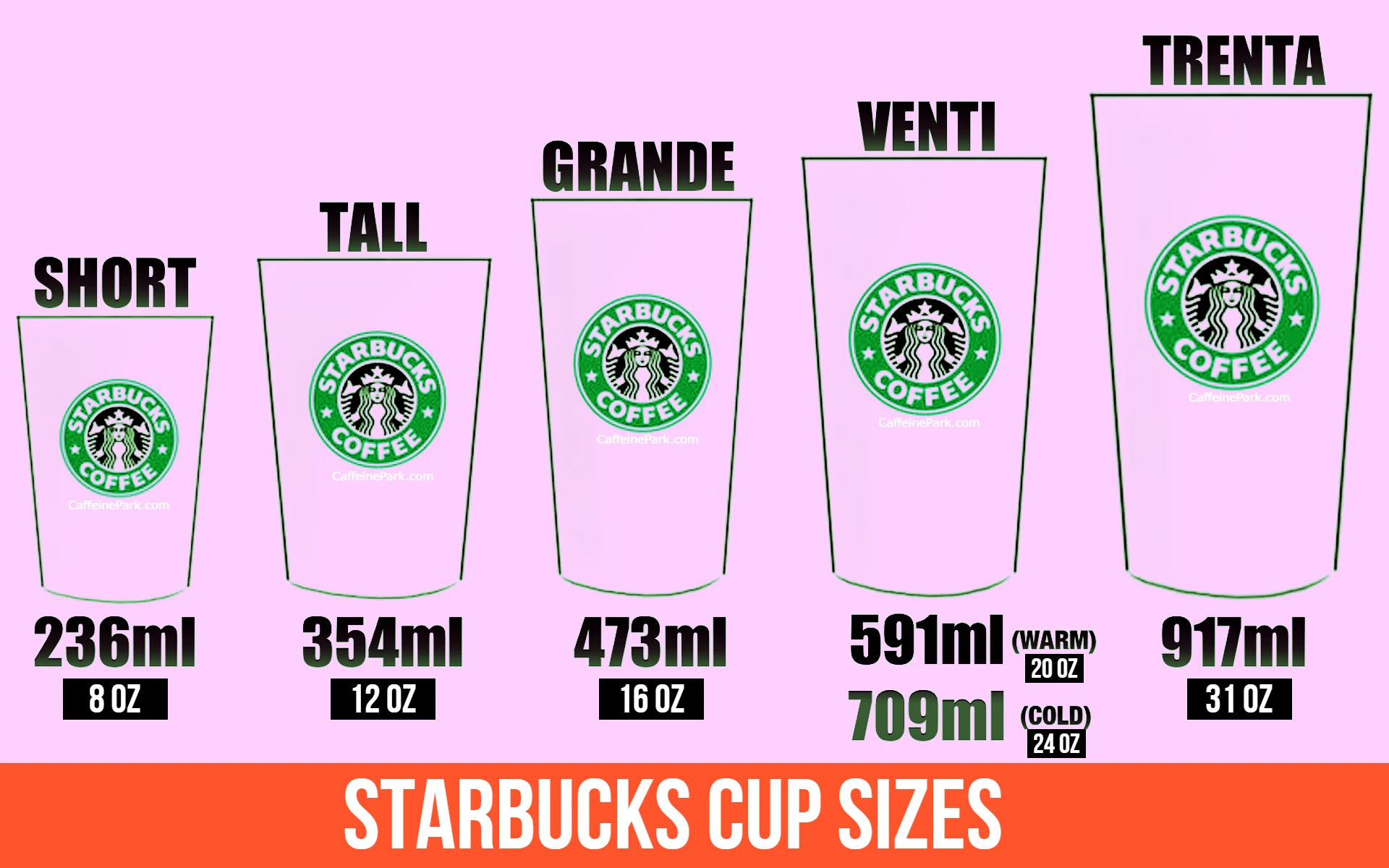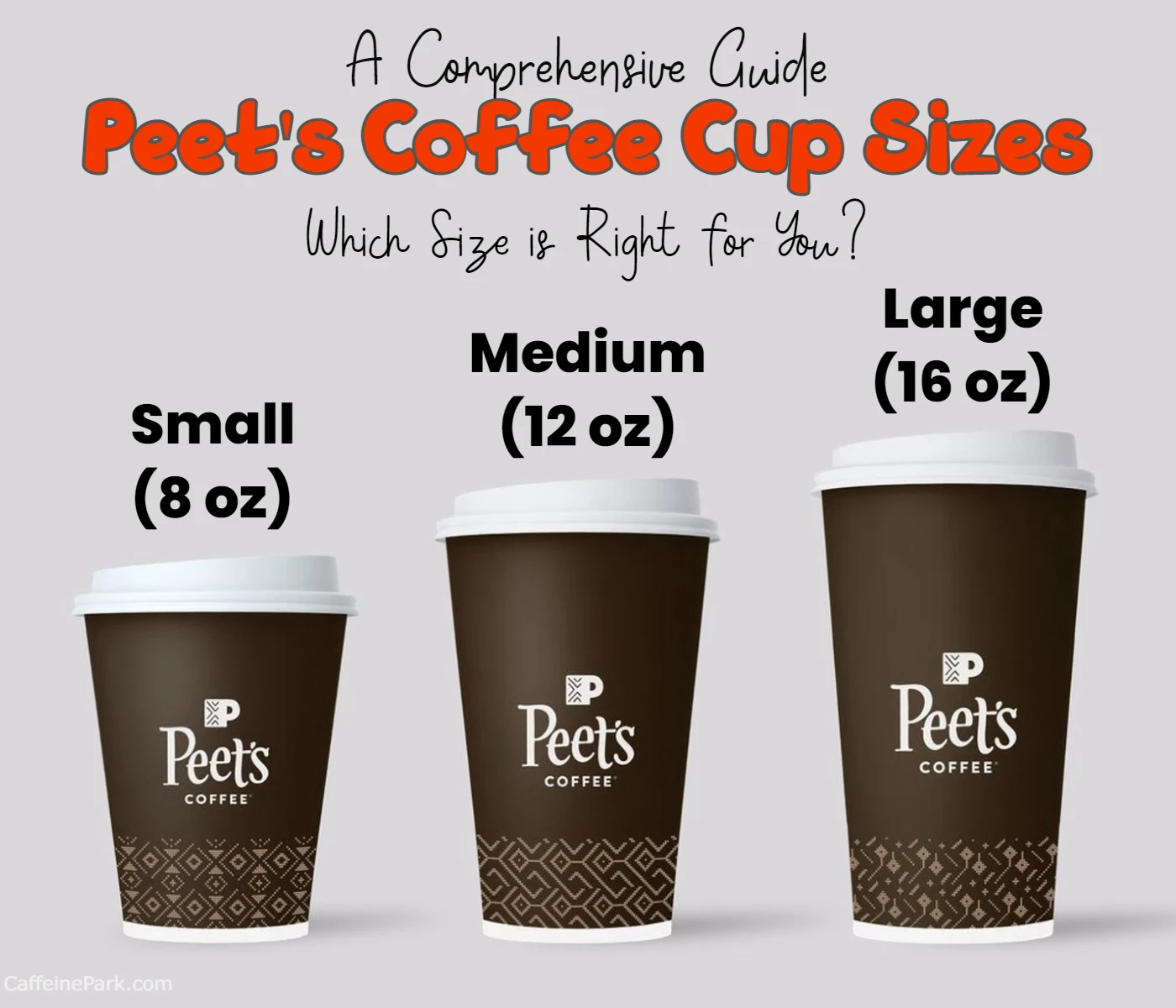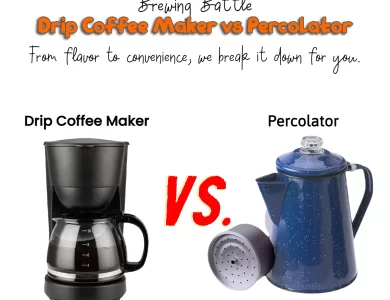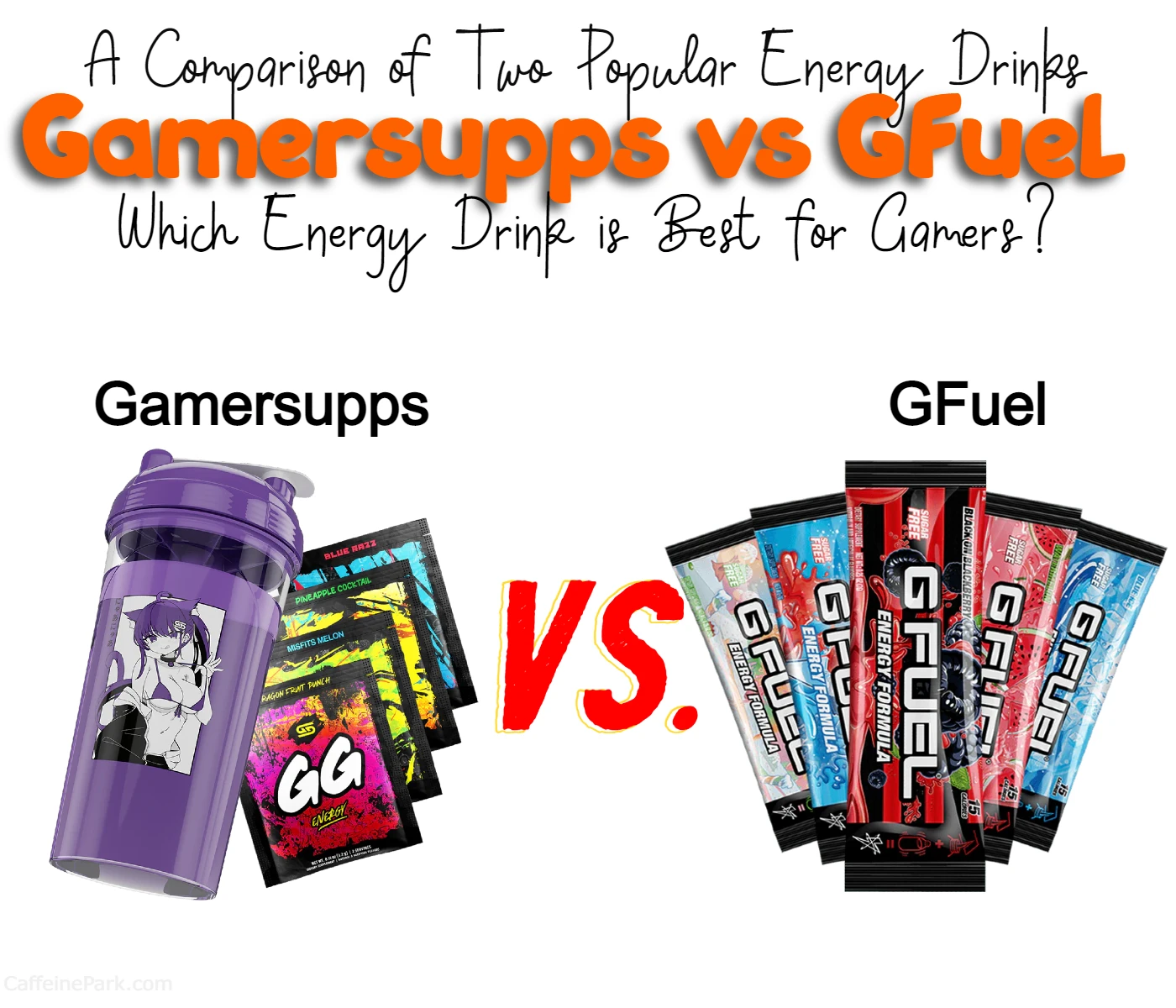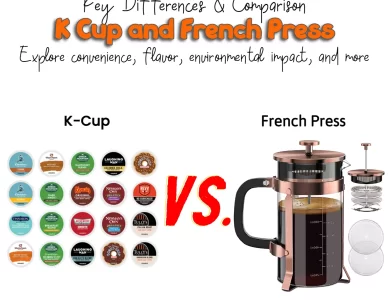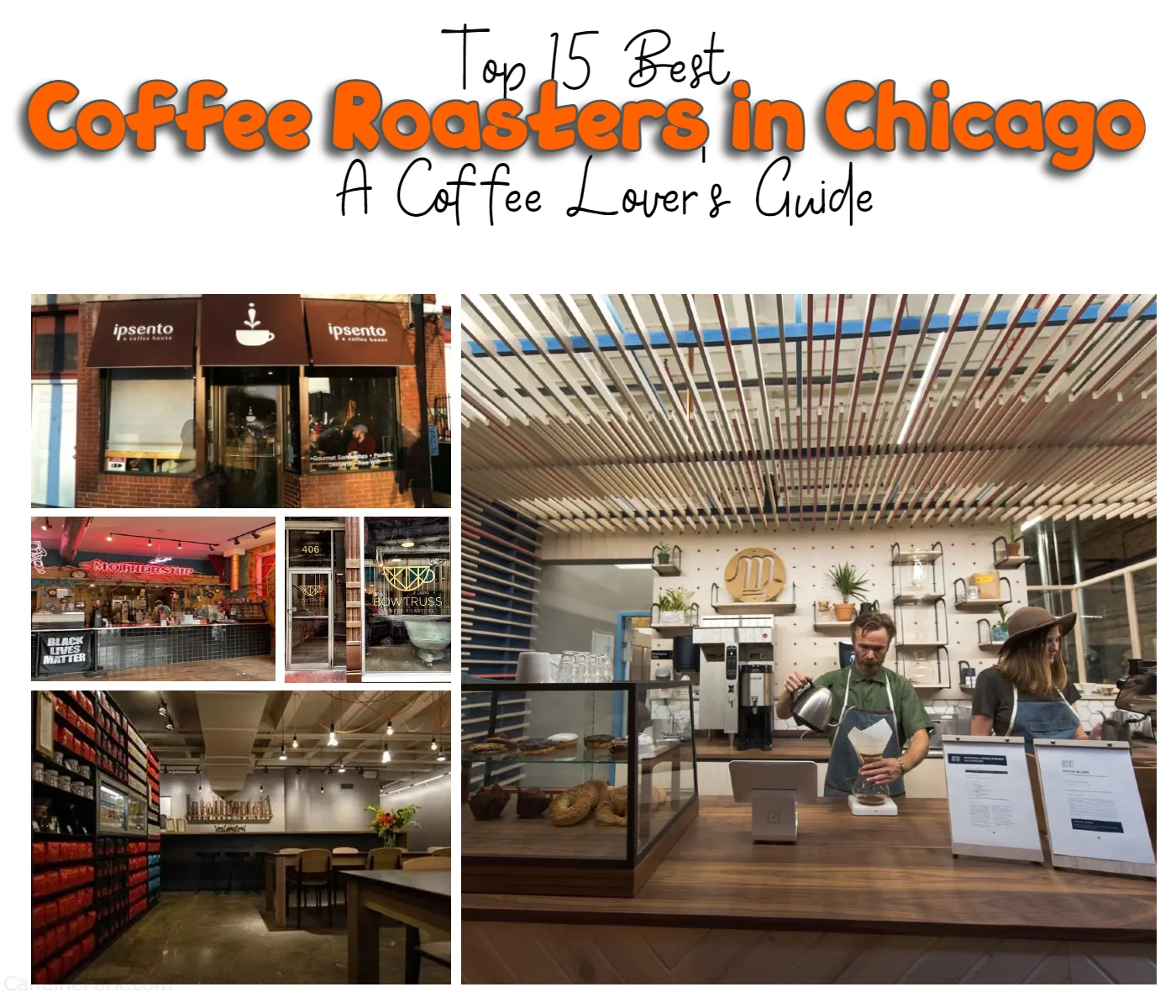💡 Tips & Ideas
-

Flavors of Dominica Coffee
Dominica coffee, known for its unique flavor profile and rich history, is a hidden gem in the world of specialty coffee. Cultivated in the heart of the Caribbean, Dominica’s coffee industry has seen a resurgence in recent years, driven by a commitment to quality and sustainability. With its medium body, bright acidity, and nuanced flavor notes, Dominica Coffee offers a sensorial journey that reflects the island’s lush terroir and microclimates. From traditional Arabica varieties to eco-friendly processing methods, every step of the production process contributes to the exceptional quality of Dominica coffee. Whether enjoyed in the comfort of home or savored in a local cafe, each cup of Dominica coffee tells a story of passion, craftsmanship, and the enduring spirit of the Caribbean. History and Origins Dominica’s coffee history dates back to the 18th century when French settlers introduced coffee cultivation to the island. Over time, coffee production became intertwined with Dominica’s agricultural landscape, contributing to the island’s economy and cultural heritage. However, with the rise of other industries and challenges such as hurricanes and diseases, Dominica’s coffee industry faced setbacks, leading to a decline in production. Resurgence of Dominica Coffee In recent years, there has been a resurgence of …
-

Diet Pepsi vs Pepsi Zero Sugar
If you're a fan of low-calorie sodas, you might be wondering what sets Pepsi Zero and Diet Pepsi apart. While both of these drinks are marketed as low-calorie alternatives to regular Pepsi, there are actually some key differences between them. One of the biggest differences is the type of sweetener used. Diet Pepsi is sweetened with aspartame, while Pepsi Zero is sweetened with a combination of aspartame and acesulfame potassium (Ace-K). Additionally, some people find that Pepsi Zero has a slightly sweeter taste than Diet Pepsi, likely due to the use of Ace-K. Other factors to consider include caffeine content and packaging, with Pepsi Zero containing more caffeine and only being available in cans. Ultimately, the choice between Pepsi Zero and Diet Pepsi comes down to personal preference, and this article will help you make an informed decision.
-

Starbucks Cup Sizes: Small to Venti
Starbucks cups are not standardized across the globe. Some countries or regions have different names for the same size cups. For example, the U.S. calls its large cups “grande,” while Australia calls its large cups ‘large.’ In Canada, a medium-sized cup is called “medium,” and in Europe, a small cup is called “small.” From shortest to tallest, Starbucks cups come in eight different sizes, ranging from 3 ounces all the way to 31 ounces. These sizes are commonly referred to as Demi, short, tall, grande, venti hot, venti cold, trenta, and double extra large. Starbucks Cup SizeFluid OuncesMillilitersDemi389Short8236Tall12350Grande16473Venti (Hot)20591Venti (Iced)24709Trenta (Iced)31913What are the sizes of Starbucks cups? What are the sizes of Starbucks cups? Starbucks uses a unique sizing system for its drinks, with names like “Tall,” “Grande,” and “Venti” for different sizes. Here is a breakdown of Starbucks’ cup sizes: Tall: 12 ounces (350 milliliters) Grande: 16 ounces (473 milliliters) Venti: 20 ounces (591 milliliters) Trenta: 31 ounces (913 milliliters) (available only for iced drinks) It’s worth noting that these sizes refer to the size of the cup, not the actual amount of liquid in the cup. The actual amount of liquid in a Starbucks cup will depend on …
-

Peet’s Coffee Cup Sizes
Peet's Coffee is a popular coffee chain known for its delicious coffee drinks. With four different cup sizes to choose from, it can be hard to know which size is right for your favorite drink. In this guide, we'll take a closer look at Peet's Coffee cup sizes and help you find the perfect fit. Whether you're in the mood for a small, medium, large, or extra large coffee, Peet's Coffee has got you covered. We'll also discuss the best drinks to order in each cup size and share some tips on how to customize your order. Plus, we'll explore Peet's Coffee's reusable cup program and how you can reduce waste and save money on your coffee orders. So, grab a cup of coffee and let's get started!
-

Oily Coffee Beans vs. Dry
Coffee lovers, it's time to unravel the intriguing contrasts between two types of coffee beans - oily and dry. The disparity between these beans goes beyond their surface appearance and extends into the very essence of your coffee experience. At the heart of this distinction lies the moisture content within the beans, which dictates everything from flavor profiles to roasting methods. Oily coffee beans, with their higher moisture content (often exceeding 12%), boast a glossy appearance and are known for their rich, full-bodied character, often accompanied by nutty, earthy, or even chocolatey notes. In the world of brewing, they are prized for their suitability in espresso and French press methods. On the flip side, dry coffee beans, with moisture levels typically below 12%, showcase a matte surface. Their unique attribute is the bright and vibrant flavor profile, featuring fruity, floral, citrus, and berry notes that shine in pour-over and drip brewing methods. Moreover, their extended roasting times allow for gradual flavor development. So, whether you're seeking a bold, robust cup or a brighter, more nuanced experience, the choice between oily and dry coffee beans plays a pivotal role in shaping your morning brew. Let's dive deeper into these differences and empower your coffee selection with knowledge.
-

Drip Coffee Maker vs. Percolator
When it comes to brewing your daily cup of joe, the choice between a drip coffee maker and a percolator can significantly impact your coffee experience. Both methods have their unique strengths and characteristics, making the decision more than just a matter of personal preference. In the battle of Drip Coffee Maker vs Percolator, we dive deep into their brewing processes, flavor profiles, ease of use, and more to help you make an informed choice. Brewing Process: Drip coffee makers rely on a straightforward process where hot water drips over coffee grounds, resulting in a well-balanced and customizable brew. In contrast, percolators use a recirculation method, creating a bold and robust flavor with a strong coffee scent. Flavor and Aroma: Drip coffee makers offer versatility and milder aromas, making them ideal for those who enjoy experimenting with different coffee beans. Percolators, on the other hand, cater to bold coffee lovers, delivering intense flavors and rich, aromatic experiences. Brewing Time: Percolators win the speed race, taking just 5-7 minutes to brew, while drip coffee makers may need 5-10 minutes, depending on the machine and batch size. Ease of Use and Maintenance: Drip coffee makers are user-friendly and low maintenance, perfect for those with busy mornings. Percolators require more attention during brewing and can be a bit more involved in terms of cleaning and maintenance. Coffee Quantity and Serving: Drip coffee makers come in various sizes, accommodating solo coffee drinkers and large gatherings alike. Percolators shine when serving groups, thanks to their larger capacities. Cost Considerations: While drip coffee makers offer a wide price range, percolators are often more budget-friendly, making them an economical choice for coffee enthusiasts. In the end, the choice between these two brewing methods hinges on your taste preferences, lifestyle, and how you want to experience your daily…
-

Lipton Green Ice Tea vs. Arizona Green Tea
When it comes to quenching your thirst with a refreshing and vibrant cup of green tea, two names often stand out – Arizona Green Tea and Lipton Green Iced Tea. While both promise a delightful sip, they offer distinct experiences that cater to different taste preferences and lifestyles. Taste and Ingredients: Arizona Green Tea entices with a bold, sweet flavor accompanied by a hint of honey, making it a favorite among those who enjoy a richer taste profile. In contrast, Lipton Green Iced Tea offers a milder, more laid-back taste that's perfect for those seeking a gentler sip. Ingredients also play a role – Lipton combines green tea leaves with water and high fructose corn syrup, while Arizona opts for green tea leaves, honey, sugar, and ginseng. Pricing and Nutritional Aspects: When it comes to pricing, Lipton often takes the lead in affordability, while Arizona offers larger bottle sizes that can be a cost-effective choice over time. In terms of nutrition, Lipton tends to have slightly more calories and sugar per serving compared to Arizona. Caffeine Content and Availability: Both brands provide a similar caffeine content, making them suitable for those seeking an energy boost. Availability-wise, Lipton's longstanding presence in stores across the United States is notable, while Arizona's unique packaging and flavors have garnered attention among younger consumers. In Conclusion: Choosing between Arizona Green Tea and Lipton Green Iced Tea is a matter of individual taste and preferences. Whether you're drawn to Arizona's robust sweetness or Lipton's milder approach, both brands offer a refreshing and enjoyable way to quench your thirst and add a touch of flavor to your day.
-

Gamersupps vs GFuel
In the dynamic world of energy supplements catering to gamers and fitness enthusiasts, GamerSupps and G Fuel stand out as prominent contenders. While both brands offer a boost of energy and focus, their unique characteristics set them apart. GamerSupps presents a diverse range of flavors, from the tantalizing "Sour Pixel Potion" to the delightful "Strawberry Burst." This array caters to different taste preferences and keeps users excited about their energy drink choices. On the other hand, G Fuel takes pride in its innovative collaborations, introducing an ever-expanding repertoire of flavors that often resonate with the gaming community's culture and icons. The distinction in ingredient focus is another notable factor. GamerSupps combines its energy-boosting components with additional nutrients, such as vitamins, minerals, and even skin-enhancing elements in its "Glow" series. Conversely, G Fuel zeros in on providing an intense energy kick, with caffeine and amino acids taking the forefront in their formulations. The differences extend to packaging as well. GamerSupps offers various canister sizes to cater to individual needs, while G Fuel's convenient "Stick Packs" ensure portability for gamers on the move. Pricing strategies diverge, with GamerSupps positioning itself as a budget-friendly option with discounts, while G Fuel leans towards a premium positioning with higher costs justified by premium ingredients and collaborations. The choice between GamerSupps and G Fuel ultimately depends on your flavor preferences, energy requirements, and whether you prioritize affordability or exclusivity in your energy supplement experience.
-

French Pres vs. K-Cup
When it comes to indulging in the world of coffee, two prominent contenders stand out: K-Cups and the French Press. These brewing methods offer distinct experiences, each catering to different preferences and priorities. K-Cups, those nifty single-serving coffee pods, promise convenience and speed, delivering a cup of coffee at the push of a button. On the other hand, the French Press invites you to immerse yourself in the art of manual coffee-making, emphasizing flavors and the tactile pleasure of the brewing process. The differences between these two methods extend beyond mere convenience versus tradition. K-Cups offer a wide array of flavors, making them a favorite for those who appreciate diversity in their daily cup. However, the environmental impact of the plastic pods raises concerns. In contrast, the French Press shines with its eco-friendliness, allowing for a more sustainable coffee ritual. Whether you're a busy bee seeking efficiency or a coffee aficionado chasing the perfect brew, delving into the disparities between K-Cups and the French Press will undoubtedly help you decide which path best complements your coffee journey.
-

Coffee Roasters in Chicago
Chicago's coffee scene is a force to be reckoned with, and with so many great coffee shops, it can be hard to know where to start. That's why we've put together a guide to the top 15 best coffee roasters in Chicago. Whether you're a local or just visiting the city, these coffee roasters are a must-visit for any coffee lover. From cozy cafes to specialty roasters, Chicago's coffee scene has something for everyone. We've included the address, phone number, and Instagram handle for each coffee roaster, making it easy for you to plan your visit and keep up with their latest offerings. Whether you're looking for the perfect espresso, a creamy latte, or a rich pour-over, you'll find it at one of these top coffee roasters in Chicago. So grab your favorite mug and join us on a journey to explore the best coffee roasters in the Windy City. With our guide in hand, you're sure to find your new favorite spot for a delicious cup of coffee.


